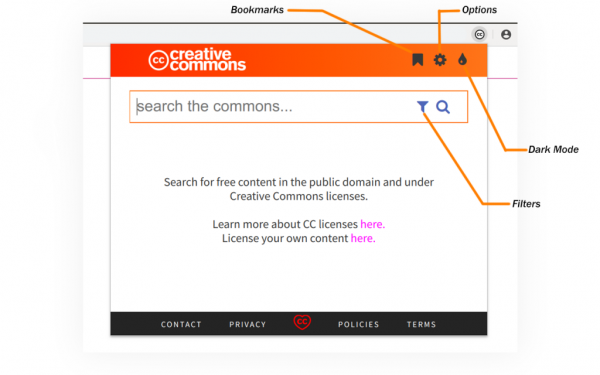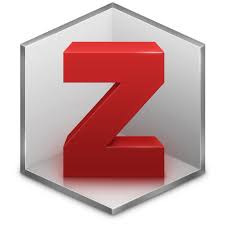Author EdTech Admin
Welcome to the first week! The following are some tasks we need you to complete as soon as possible, so you can come to our next session with everything completed: Read the syllabus that was emailed to you Complete the… Continue Reading →
You likely have heard of a number of terms to refer to different types of modality – and the number of terms are ever expanding: Face-to-face (F2F), blended, hybrid, flipped, e-learning, online, distributed, distance learning, virtual learning, remote teaching, multi-access,… Continue Reading →
Multimedia Learning Theory is concerned with HOW we learn. Information exists in multiple forms – text, images, sound, video… how does the media type impact how we receive, process, and retain information? How do they work when in combination (e.g,… Continue Reading →
Text and pictures work well to convey a lot of what you want to capture in your blog however, adding audio makes content more dynamic. Using a variety of post styles helps keep readers interested. Sound can add some life… Continue Reading →
Incorporating online resources into your practice and your scholarship is inevitable. Ensuring you use the most affective, accurate and credible resources is not automatic. Learning this skill is important and also sets an example to your students on what they… Continue Reading →
To facilitate quick access to Creative Commons image resources, you might consider installing the Creative Commons Search Browser Extension. The tool adds a button to your web browser and lets you Search for Creative Commons licensed content, attribute the owner/creator… Continue Reading →
This is optional, but is likely a lifesaver in your program for when you have to write any academic papers. You could also just use it to store resources/papers you come across and value as you move through life. We… Continue Reading →
Hypothes.is Hypothes.is is a very light-weight web service and browser extension that you can easily install in your own browser and then use to have conversations in situ on web documents such as blogs, articles, documents, websites, and other resources…. Continue Reading →
Video Editing Tools: iMovie (Mac & iOS) UVic DSC workshop: Introduction to Video Editing with iMovie Windows ClipChamp (Windows) UVic DSC workshop: Introduction to Video Editing with ClipChamp DaVinci Resolve (free for Windows, Mac, & Linux) WeVideo (web-based, low-quality video output… Continue Reading →
Audio Editing Tools: Audacity (Mac or Windows) Garageband (Mac/iOS) Audio Streaming for Education (examples): VoiceEd Radio 105theHive DS106 Radio Audio Editing Competencies Basic Create a polished audio clip using an audio editing program (e.g., Audacity or Garageband) Record audio to… Continue Reading →
Trello is a popular project management tool for organizing learning, work, or home life. Check with your instructor to see if you will be using Trello in your workflow and if they are creating a template for you before you… Continue Reading →
Use the link below to access this comprehensive resource on Copyright, Fair Use, and Creative Commons for Educators. From the resources description: It has never been easier to publish online or consume digital content. This comes with many advantages and… Continue Reading →
We’re going to slot groups/pairs/individuals into time slots to present in the last three weeks of the term. We will only have one hour to work with each week as we have other course topics to work on, so book… Continue Reading →
Hello to my sections in EDCI 336! (A01 on Mondays and A04 on Fridays) Check out our new menu under “sections” at the top right. There you will find my posts, a blog hub of all of the posts by… Continue Reading →
Welcome to EDCI 136! I love teaching about digital literacies, educational technology, learning design, and digital, online, and open education. I am a professor in educational technology at the University of Victoria in the Faculty of Education‘s Department of Curriculum and Instruction, where… Continue Reading →
Diigo is a social bookmarking website that allows signed-up users to bookmark and tag web pages. Additionally, it allows users to highlight any part of a webpage and attach sticky notes to specific highlights or to a whole page. These… Continue Reading →
This chart shows the number of students who are estimated to have personal data stored with technology vendors. This estimate is limited to Student Information Systems (SIS), Learning Management Systems (LMS), and email systems. These are the three common… Continue Reading →
The Substitution, Augmentation, Modification, or Redefinition Model offers a method of thinking about how technology might impact teaching and learning. It also shows a progression that adopters of educational technology often follow as they progress through teaching and learning with… Continue Reading →
The technological pedagogical content knowledge (TPACK) model is a framework to understand and describe the kinds of knowledge needed for effective pedagogical practice in technology-enhanced learning environments. For more see: Mishra, P., & Koehler, M. J. (2006). Technological pedagogical… Continue Reading →















